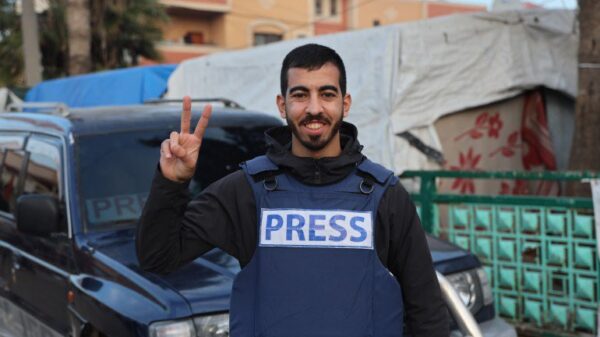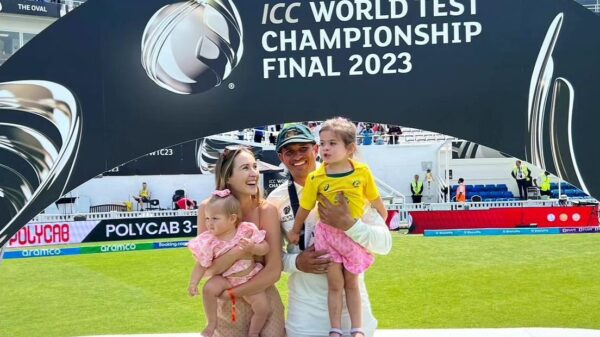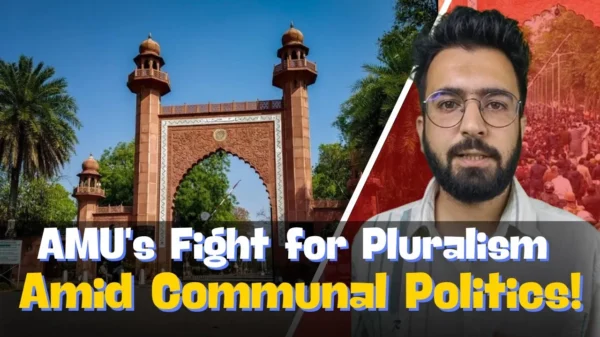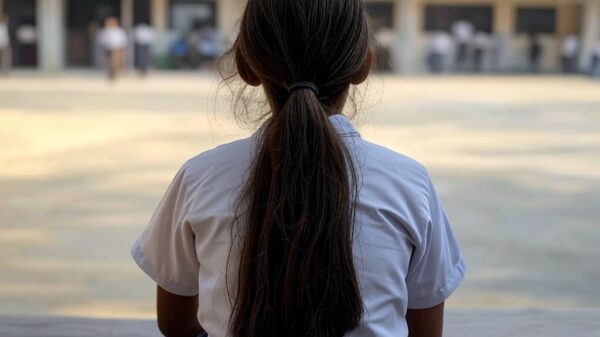Odisha, India’s eighth-largest state by area, is home to the third-largest population of Scheduled Tribes in the country. With a coastline of 301 miles along the Bay of Bengal, it borders Jharkhand, West Bengal, Chhattisgarh, and Andhra Pradesh. Muslims make up a small portion of Odisha’s population, around 20% according to the 2001 Census, mostly living in Cuttack, Jagatsinghpur, and Puri districts.
Muslims have one of the lowest levels of participation in government jobs and administrative roles, with their representation standing at just 2.17% or 9.12 lakh in the eastern state.
According to the 1981 census, there were 422,266 Muslims in the state. A decade later, their population rose to 577,775, marking an increase of 36.83% between 1981 and 1991.
The British established Odisha as a separate province in 1936. In January 1949, the princely states of Odisha fully integrated into the Union of India following independence. Over the seven and a half decades since the state’s independence, Muslims in Odisha have faced significant hardships. The majority of Muslims are poor farmers and daily wage workers, with more than 70% living below the subsistence level. They remain divided and lack political and social organization.
Statistic report of Muslim representation in the governance:
Only one Muslim has ever served as a Chief Secretary in Odisha – SMH Burney, who held the position for a year in 1979. Out of 624 District Collectors in the state, only 11 have been Muslim. Among the 185 IAS officers, just two are Muslim, according to a report by Calrion India. The State Administrative Service consists of 698 officials, including only five Muslims. Currently, there are no Muslims among the 55 SPs and ASPs. The same is true for SDPOs and DSPs, where only three out of 101 are Muslims. Among the 937 Inspectors and SIs in Law and Order and Crimes, only three are Muslim.
Out of Odisha’s 624 District Collectors in history, only 11 have been Muslims, with Sundargarh district having the highest count at three out of 49. Between 1947 and 2022, the state had 31 Chief Justices, of whom three were Muslims, while none of the 82 High Court judges were Muslim. No Muslim has ever served as the Chief of Prosecution or Advocate-General in Odisha’s history. Among the 58 Additional Advocate-Generals, Government Pleaders, and Standing Counsels, only one is Muslim. Similarly, none of the 65 District Prosecuting Officers (DPOs) are Muslim.
Throughout the state’s history, no Muslim has ever held one of the four Lok Ayukta positions, and all 49 senior employees of Lok Ayukta are non-Muslim. In the State Legal Services Authority, only one out of 16 senior officers is Muslim, and among its 2,809 panel attorneys, only 24 are Muslim. As of 2020, only five out of 549 judges in the District and Sessions Courts were Muslim.
The representation of Muslims is equally absent in key sectors like tourism and drug control. None of the 13 members of Odisha Tourism’s management team or the 40 members of the Drug Control and Inspection team are Muslim. In the police forces, Muslim representation remains minimal; just one of the 120 IPS officers is Muslim. Since the establishment of the state’s sole police commissionerate in 2007, which oversees 43 law and order police stations, none of the seven police commissioners have been Muslim.
Out of 732 officials, there are no Muslims in the Excise/Prohibition Department’s Management and Inspection Teams. Of the 45 officials of the Road Transport Corporation (RTC), none are Muslims.
Since the establishment of the State Women Commission in 1993, no Muslim woman has ever served as its leader. Out of its 47 members to date, only two have been Muslims. In contrast, the Odisha Urdu Academy, founded in 1987, has seen better Muslim representation, with all eight of its chairpersons and nine out of ten secretaries/registrars being Muslims.
Out of the 58 members of the Odisha State Public Service Commission throughout its history, only one, Mohammed Fida Rasool, was a Muslim. He served for five years in 1993. However, no Muslim has ever been elected as the chairperson of the commission.
Five cities – Berhampur, Bhubaneshwar, Cuttack, Rourkela, and Sambalpur – had a total of 26 Mayors of which 12 were Muslims, the highest of eight in Bhubaneshwar.
The 14 members of the Odisha Wakf Board, including the chairpersons and secretaries/CEOs, are all Muslims. Odisha had 8,510 immovable waqf assets listed on the WAMSI Registration Module as of February 2022.
Muslim presence in the education sector:
The central university in Odisha has never had a Muslim vice-chancellor. Across 19 public universities in the state, out of 209 vice-chancellors in history, only three were Muslim. Prof. MQ Khan served as the vice-chancellor of Berhampur University in 1995 for a three-year term. Prof. Dr. Karamat Ali was appointed vice-chancellor of Khallikote Unitary University from 1990 to 1991, one of 40 individuals to hold the position. At the National Law University Odisha, Prof. Faizan Mustafa was among the four vice-chancellors in its history.
Between 1960 and 2022, the eastern state had one of the fewest numbers of MBBS doctors in the nation—24,337—including 415 Muslims. Of its 4765 Ayurvedic physicians, 15 are Muslims, and all 13 Unani practitioners have been Muslims. Of the 2980 homeopathic practitioners, 44 have been Muslims. Of the dentists in 2004, 40 were Muslims.































































